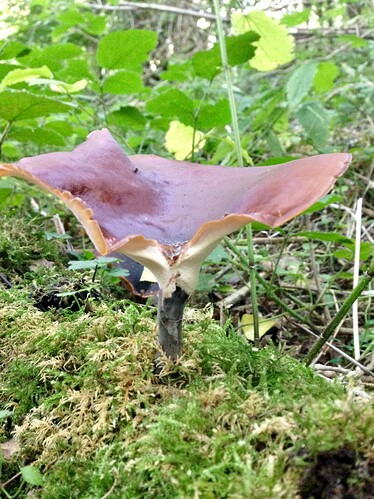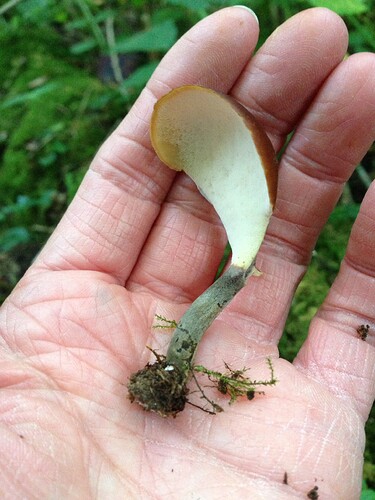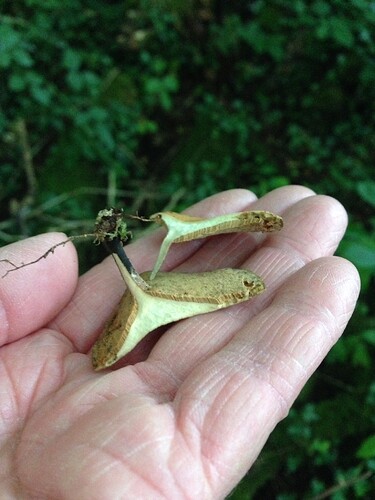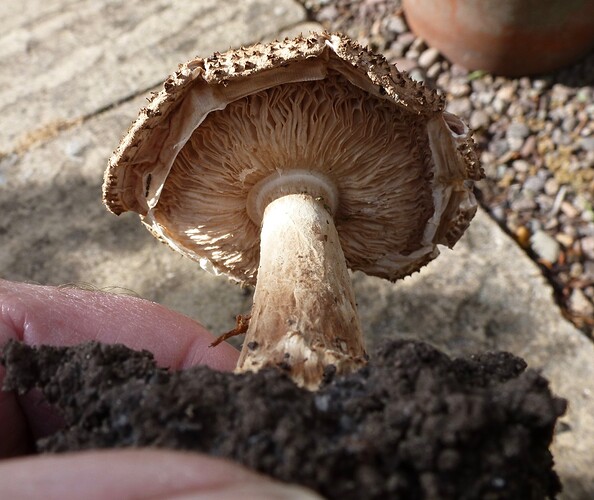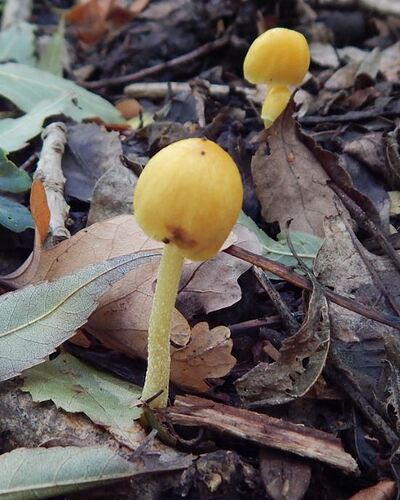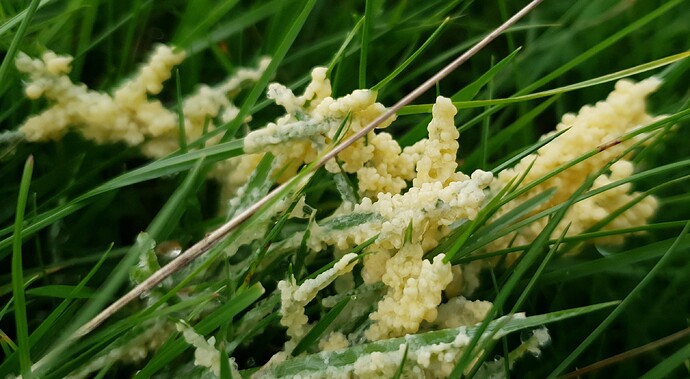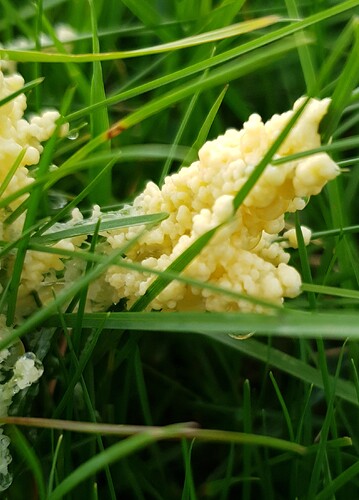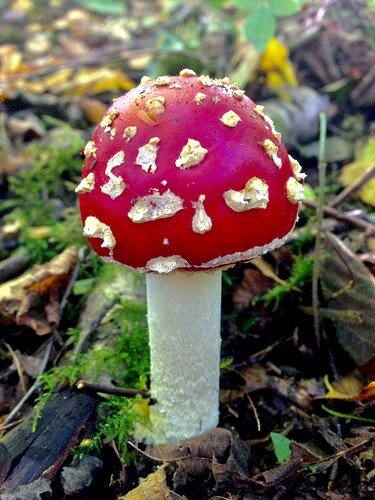Maureen has just made a big batch of delicious quince jelly from our Japonica bushes which were prolific this year. We could swap one for Jim’s demonic chilli concentrate next time you or he are in the vicinity. 
Our mountain ash (lludw mynydd / cerdin?) has produced vast quantities of rowan berries (criafol?) this year. Have you any recommendations on making jam/jelly/cordial. We make sloe gin most years. Can rowan berries be used in the same way? I am aware that raw rown berries are not nice and, possibly, not safe which is why our birds seem to ignore them.
Well, there are recipes that exist for rowan berries. It’s said that you can make a rowan berry gin, but trust me when I say that it’s not worth the effort. My daughter valiantly tried one year, but despite using a huge amount of sugar, the end result was a vile, bitter brew that still tasted of rowan berries no matter how long it was left to mellow (they are so bitter and astringent that they seem to suck all the moisture out of your face and shove it out through your eyes). We still shudder whenever we think of it, and she still laments the loss of what would have been perfectly drinkable gin. Take a tip from you birds and don’t go there!
It’s also possible to make rowanberry jam (eg: https://en.heilkraeuter.net/cooking/rowan-berry-marmelade.htm). And looking at this recipe, I see there are allegedly 2 types of rowan berries and you have to be sure you don’t get the really bitter ones, which was perhaps my daughter’s mistake. I won’t be trying it though - to find out, you’d have to taste the berries, and once tasted, you can’t ever forget! Perhaps you could try it for me, Huw? If it tastes like ambrosia I might give it a go, but I’d take some persuading. I can still taste those rowanberries in my dreams…
What is this demonic chilli concentrate? Tell me more, please!
Curiously i saw a wood pigeon (ysguthan) on it’s nest this week but didn’t get such a fine photo.
i notice your dove has used some blue thread in it’s structure so gets a prize for tidying the area.
Heddiw - today.
Melyn y drain - Brimstone moth.
Cheers J.P
Diolch yn fawr, Isata. I’ll get my taster to try our berries and then have a go at the marmelade (sic) recipe, or I might try to adapt it to make a jelly (with no bits, for the benefit of our American friends  )
)
(I’ve replied to your question by PM  )
)
Oes rhywbeth anarferol yn dringo’r goeden heddiw - Was something unusual climbing a tree today.
Cheers J.P.
Careful with the use of the word (y)sguthan meaning pigeon … can be used as an unplesant reference to a woman … I found this out when learning Welsh and someone misunderstood the context I was speaking as I flit quickly between subjects 
Wow a koala bear!
Fungi with black stems. Distinctive but I got in a muddle trying to identify them.
Bay polypore - cyfrwy caled. I can vouch for the caled - hard bit. Impossible to tear without a knife.
Blackfoot polypore - cyfrwy bonddu.
Agree @ramblingjohn cytuno??
True. Though in reference to unpleasant women, you’ll usually hear it without the initial y so sguthan, and yes it is rather unpleasant.
These days you are more likely to hear people refer to various pigeons as colomen rather than ysguthan. Ysguthan isn’t used as commonly as it used to be.
Colomen is commonly used for all kinds of pigeons and doves, for example -
- Wood-pigeon - colomen goed
- Turtle-dove - colomen Fair
- Rock-pigeon - colomen y graig
Unless it’s a collared dove, then it’s a turtur dorchog
But always important to remember that there are always regional variations.
Interestingly the word colomen is also used as an unpleasant reference, though not as harsh as sguthan and often used lightheartedly in jest between friends. Like sguthan you’ll hear it shortened when used in this way. So a glomen wirion would be silly girl or silly woman.
Cytuno.
Heddiw - Today, (early result of overnight moth trap).
Gwladwr du - Black rustic.
Gwladw yr hydref - Autumnal rustic.
Gwyfyn llenni - Angle shades.
Llinell goch - vestal.
Melyn rhesog - Barred sallow.
Cheers J.P.
Found this in the garden yesterday. I don’t know what it is in English let alone Welsh, but I do know it is not a mushroom!
Huh. Looks like a mushroom to me. I wouldn’t know what sort of mushroom, let alone whether poisonous or safe, but that looks like a mushroom.
Well I don’t know how many types of mushroom there are, BUT I’m certainly not going to eat it!
I wouldn’t either!
Not sure I can help but I’ve enjoyed the pics & trying to ID it.
My best guess is a parasol mushroom but it is missing a ring around the stem for that. Hoping @ramblingjohn will help us out.
My book calls them all mushrooms, edible, poisonous & inbetween.
That is the problem with the word mushroom, like toadstool it has no specific meaning
(ie open to interpretation).
The images are good, but the specimen is old and suffering lack of moisture by the look of it.
if we ignore the lack of ring stem (not unusual) then one of the parasols (macrolepiota) is a good call. (wish i could be more help).
Heddiw - today.
Bolbitius titubans.
Cheers J.P.
Came across this for the first time last week. Only one patch in the middle of a field. Mucilago Crustacea, a type of slime mould sometimes known as dog sick slime mould. I’ve been told that on Welsh it’s called chŵd y sêr…
